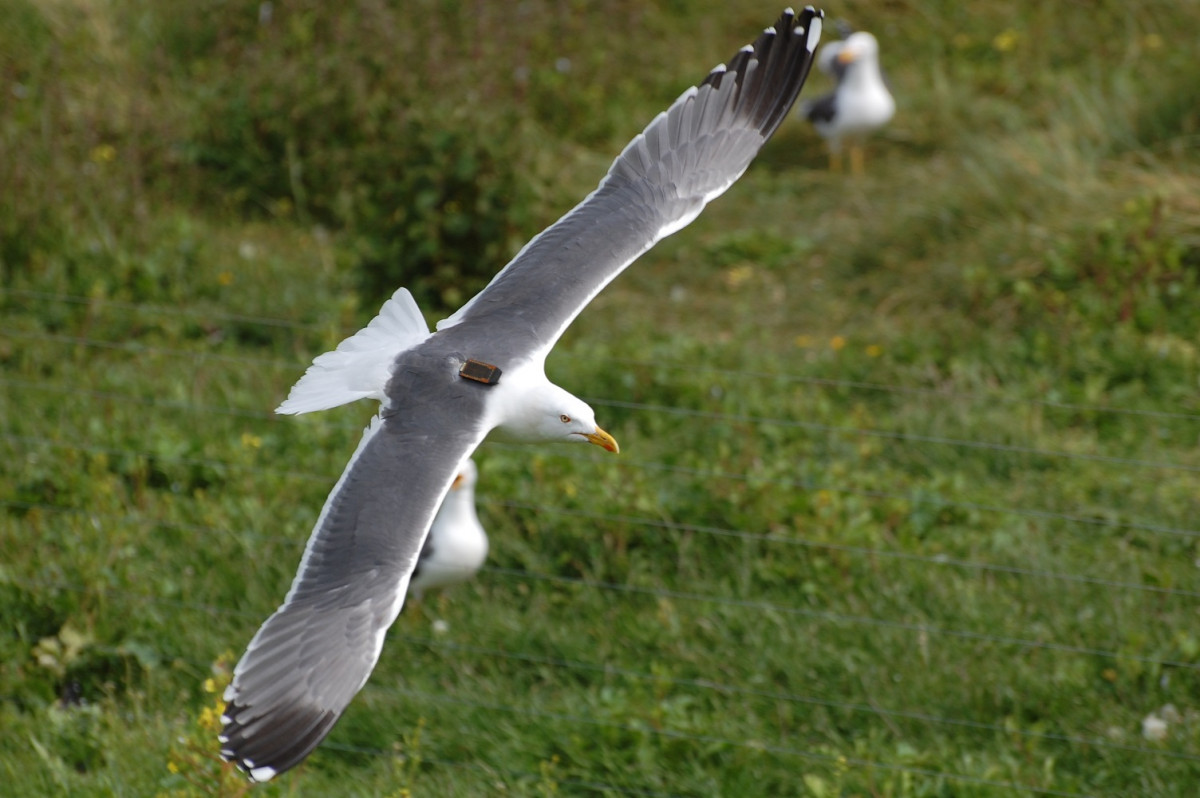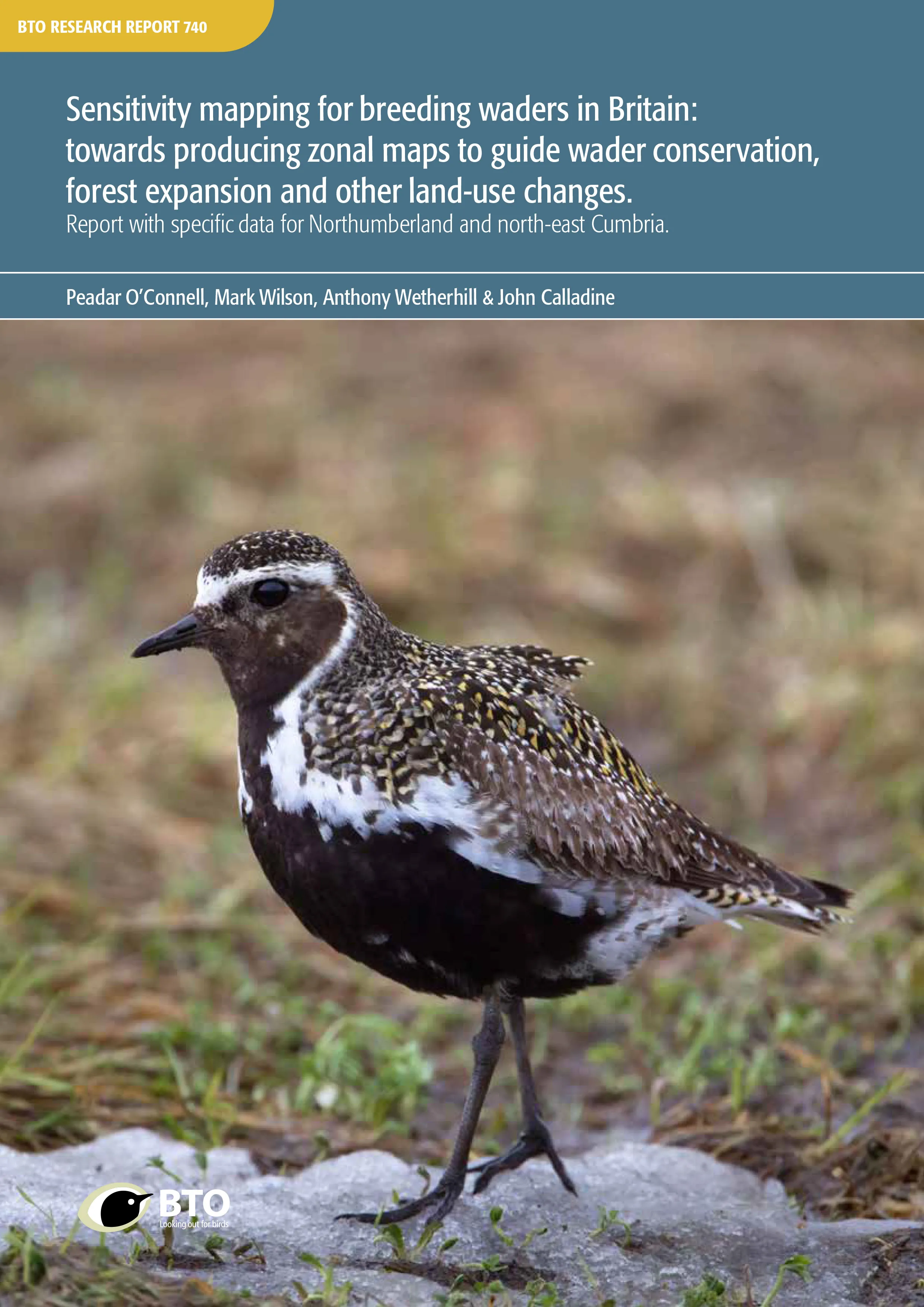BTO Research Reports are scientific papers that have been self-published by the BTO. The following is a full list of the published BTO research reports. Most are free to download, and links to Abstracts are included where possible.
Numbers missing from the list are those allocated but which were never produced or which have not been published. BTO recognises that, particularly in respect of commercially sensitive cases, a period of confidentiality is appropriate for some projects. However, in the interests of scientific development and dissemination of information, we encourage clients to permit publication as soon as it is reasonable to do so.
- If you wish to purchase a physical copy of a report please contact researchreports@bto.org.
- More information about our Annual Service reports to JNCC 1992-2005.
Assessment of recent Hen Harrier population trends in England through population modelling
This study uses a population modelling approach to explore the effects of changes in rates of productivity, survival, and settlement on population growth in the English population of Hen Harriers.

Search
Resilient protected area network enables species adaptation that mitigates the impact of a crash in food supply
Author: Bowgen, K.M., Wright, L.J., Calbrade, N.A., Coker, D., Dodd, S.G., Hainsworth, I., Howells, R.J., Hughes, D.S., Jenks, P., Murphy, M.D., Sanderson, W.G., Taylor, R.C. & Burton, N.H.K
Published: 2022
New research led by BTO scientists has examined the effect of food supplies on Oystercatchers in Wales, showing how populations are affected by the availability of prey species, and underlining the importance of alternative foraging areas close by.
06.01.22
Papers
Development of a weak-link wing harness for use on large gulls (Laridae): methodology, evaluation and recommendations
Author: Clewley, G.D., Clark, N.A., Thaxter, C.B., Green, R.M., Scragg, E.S. & Burton, N.H.K.
Published: 2021
New research from BTO has investigated the ways in which to optimise long-term GPS tagging in large gulls, so that sufficient data are collected while birds' welfare needs are met.
31.12.21
Papers

Pinpointing which protected area characteristics help community response to climate warming: waterbirds in the European Union’s Natura 2000 network
Author: Gaget, E.. Johnston, A., Pavón Jordán, D., Lehikoinen, A., Sandercock, B., Soultan, A., Božič, L., Clausen, P., Devos, K., Domsa, C., Encarnação, V., Faragó, S., Fitzgerald, N., Frost, T., Gaudard, C., Gosztonyi, L., Haas, F., Hornman, M., Langendoen, T., Ieronymidou, C., Luiujoe, L., Meissner, W., Mikuska, T., Molina, B., Musilová, Z., Paquet, J.-Y., Petkov, N., Portolou, D., Ridzoň, J., Sniauksta, L., Stīpniece, A., Teufelbauer, N., Wahl, J.,; Zenatello, M. & Brommer, J.
Published: 2021
New research involving BTO suggests that the management of protected areas in Europe can aid wintering waterbirds species in shifting their ranges north as the climate warms.
19.12.21
Papers

Sensitivity mapping for breeding waders in Britain: towards producing zonal maps to guide wader conservation, forest expansion and other land-use changes. Report with specific data for Northumberland and north-east Cumbria
Author: O’Connell, P., Wilson, M., Wetherhill, A. & Calladine, J.
Published: 2021
Breeding waders in Britain are high profile species of conservation concern because of their declining populations and the international significance of some of their populations. Forest expansion is one of the most important, ongoing and large-scale changes in land use that can provide conservation and wider environmental benefits, but also adversely affect populations of breeding waders. We describe models to be used towards the development of tools to guide, inform and minimise conflict between wader conservation and forest expansion.Extensive data on breeding wader occurrence is typically available at spatial scales that are too coarse to best inform waderconservation and forestry stakeholders. Using statistical models (random forest regression trees) we model the predicted relative abundances of 10 species of breeding wader across Britain at 1-km square resolution. Bird data are taken from Bird Atlas 2007–11, which was a joint project between BTO, BirdWatch Ireland and the Scottish Ornithologists’ Club, and modelled with a range of environmental data sets.
09.12.21
Reports Research reports

The Icelandic Whooper Swan Cygnus cygnus population: current status and long-term (1986–2020) trends in its numbers and distribution
Author: Brides, K., Wood, K.A., Hall, C., Burke, B., McElwaine, E., Einarsson, Ó., Calbrade, N., Hill, O. & Rees, E.C.
Published: 2021
02.12.21
Papers
